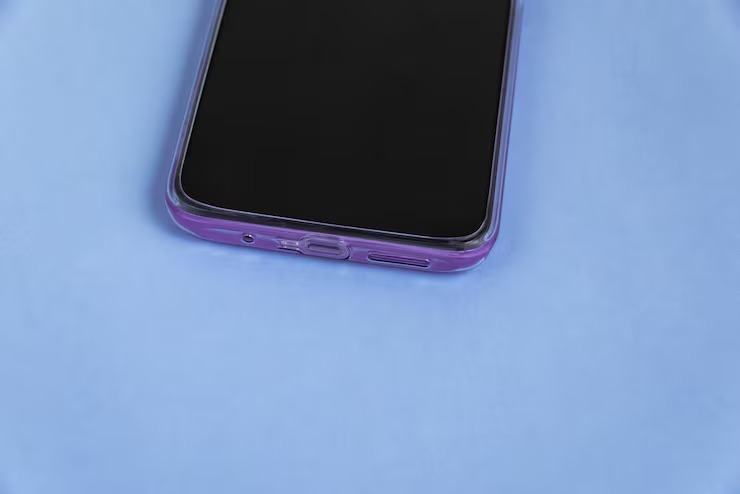Tempered glass screen protectors are a must-have for safeguarding your device’s screen, but the “D” rating—2D, 2.5D, 3D, or even 5D—can leave you scratching your head. These terms describe the glass’s edge design and coverage, impacting both protection and aesthetics. In this article, we’ll break down each type, compare their pros and cons, and help you decide which “D” is best for your needs.
Understanding the “D” in Tempered Glass
The “D” refers to the dimensionality of the glass’s edge and how it aligns with your device’s screen. Manufacturers use these labels to indicate the glass’s shape, curvature, and fit. Let’s explore each type:
2D Tempered Glass
2D glass is flat with straight, unpolished edges. It covers only the flat portion of the screen, leaving the curved edges of modern devices exposed.
- Pros:
- Affordable and widely available.
- Easy to install without alignment issues.
- Compatible with most phone cases.
- Cons:
- Limited coverage, leaving edges vulnerable.
- Basic appearance with no edge refinement.
- May feel sharp or rough at the edges.
Best for: Budget-conscious users with older devices or flat screens.
2.5D Tempered Glass
2.5D glass is also flat but features slightly rounded edges for a smoother feel. It still covers only the flat screen area but offers a more polished look.
- Pros:
- Smoother, more comfortable edges than 2D.
- Better aesthetics with a refined finish.
- Cost-effective and case-friendly.
- Cons:
- Doesn’t cover curved screen edges.
- Protection is limited to the flat display area.
- May not align perfectly with highly curved screens.
Best for: Users seeking a balance of affordability and a premium feel.

3D Tempered Glass
3D glass is designed with curved edges to match devices with rounded screens. It provides edge-to-edge coverage, ensuring the entire display is protected.
- Pros:
- Full-screen protection, including curved edges.
- Seamless fit with modern smartphones.
- Enhanced aesthetics with a flush design.
- Cons:
- More expensive than 2D or 2.5D.
- Installation can be tricky due to precise alignment needs.
- May not be compatible with some bulky cases.
Best for: Users with curved-screen devices prioritizing maximum protection.
5D Tempered Glass
5D glass is an advanced version of 3D, often marketed with extra features like enhanced durability, smoother curves, or oleophobic coatings. The term is more of a marketing label than a strict technical standard.
- Pros:
- Superior edge-to-edge coverage with refined curves.
- Often includes premium coatings for smudge resistance.
- High durability and a premium look.
- Cons:
- Higher cost than other types.
- Installation complexity similar to 3D.
- Limited availability for some devices.
Best for: Tech enthusiasts wanting top-tier protection and aesthetics.
Key Factors to Consider
Choosing the right tempered glass depends on your device, budget, and preferences. Here are the main factors to weigh:
- Device Compatibility: Check if your phone has a flat or curved screen. 2D and 2.5D work best for flat screens, while 3D and 5D are ideal for curved displays.
- Protection Level: For maximum coverage, opt for 3D or 5D. If your device has a flat screen or you use a rugged case, 2D or 2.5D may suffice.
- Budget: 2D is the cheapest, followed by 2.5D. 3D and 5D are pricier but offer better protection and aesthetics.
- Ease of Installation: 2D and 2.5D are easier to apply, while 3D and 5D require precise alignment.
- Case Compatibility: Ensure the glass works with your phone case. 3D and 5D may interfere with some cases due to their curved edges.
Which D is the Best?
There’s no one-size-fits-all answer—it depends on your needs:
- Choose 2D if you have an older device with a flat screen, are on a tight budget, or prefer simple installation.
- Choose 2.5D for a slightly premium feel with rounded edges, still keeping costs low.
- Choose 3D for modern smartphones with curved screens, prioritizing full coverage and a seamless look.
- Choose 5D if you want the best aesthetics, durability, and extra features like smudge-resistant coatings.
For most users with newer smartphones, 3D tempered glass strikes the best balance of protection, aesthetics, and value. It covers the entire screen, including curved edges, and fits seamlessly with most devices. However, if budget is a concern, 2.5D is a solid middle ground.
Final Thoughts
Selecting the right tempered glass comes down to understanding your device’s design and your personal priorities. Whether it’s the budget-friendly 2D, the polished 2.5D, the comprehensive 3D, or the premium 5D, each type has its strengths. Assess your phone’s screen type, your protection needs, and your budget to make an informed choice. With the right “D,” your device’s screen will stay safe and stylish.